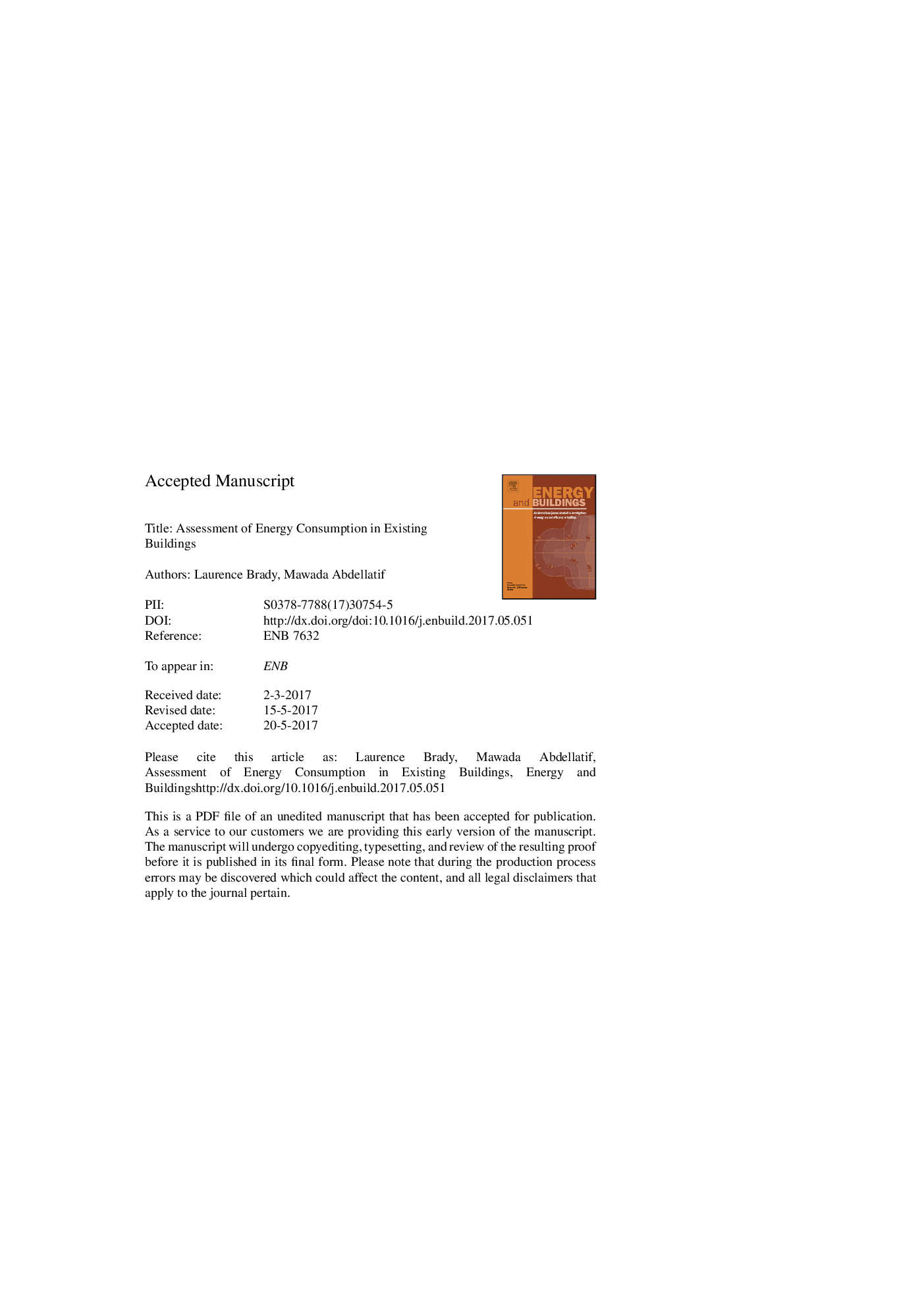| Article ID | Journal | Published Year | Pages | File Type |
|---|---|---|---|---|
| 4919106 | Energy and Buildings | 2017 | 21 Pages |
Abstract
There has been general recognition within the construction industry that there is a discrepancy between the amount of energy that buildings actually use and what designers considered that they should use. This phenomenon is termed “The Performance Gap” and is normally associated with new buildings. However, existing and older buildings contribute a greater amount of operational carbon. In response to the Performance Gap, CIBSE have developed the TM54 process which is aimed at improving energy estimates at design stage. This paper considers how the TM54 process can also be used to develop energy management procedures for existing buildings. The paper describes an exercise carried out for a university workshop building in which design energy use has been compared with the actual building energy use and standard benchmarks. Moreover, a sensitivity assessment has been carried out using different scenarios based on operation hours of building/equipment, boiler efficiency and impact of climate change. The analysis of these results showed high uncertainty in estimates of energy consumption. If carbon challenges are to be met then improved energy management techniques will require a more systematic approach so that facilities managers can identify energy streams and pinpoint problems, particularly where they have assumed responsibility for existing buildings which often have a legacy of poorly metered fuel consumption.
Related Topics
Physical Sciences and Engineering
Energy
Renewable Energy, Sustainability and the Environment
Authors
Laurence Brady, Mawada Abdellatif,
